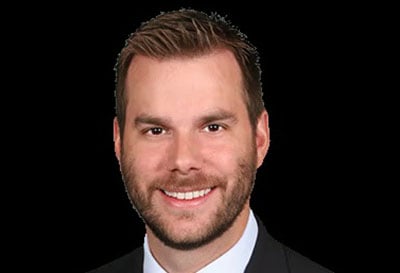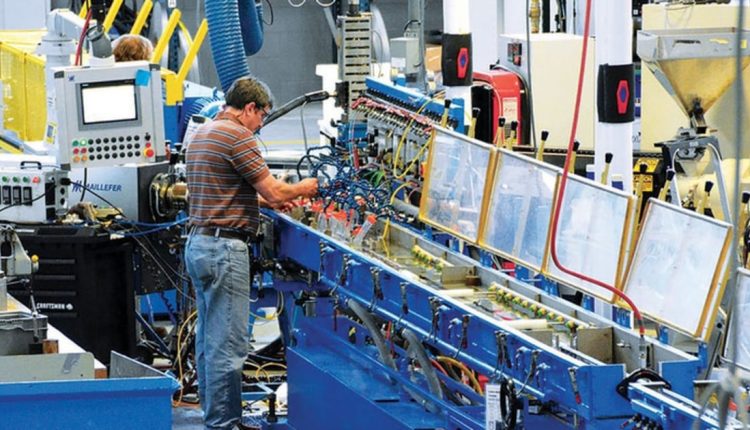
“It can be a major hurdle for suppliers,” said Sean Pattison, principal at Plante Moran who specializes in restructuring. “When you have less cash, then every decision becomes that much more important.”
At Superior Industries International Inc., most of its $647 million of debt was at a floating rate at the end of 2022, though it did execute a swap for fixed rate debt to hedge against volatility in the future, the company said in its annual report filed last month.
The interest rate on its $400 million term loan facility jumped more than 8 points to 12.3 percent, amounting to an annual interest expense of $46.3 million, or $4.5 million more than what it paid the previous year.
“A significant portion of our cash flow from operations will be used to pay our interest expense and will not be available for other business purposes,” the company said in the filing.
Auto suppliers are starting to look to customers for recoveries related to elevated interest expenses, Pattison said. But those negotiations differ from the price increases many customers have reluctantly given to help suppliers weather rising costs for material and labor, as well as production shutdowns.
“The OEMs view that separately from operational challenges,” Pattison said of rising interest rates. “They would view it as outside of their control or outside of their effect on the suppliers, so I think they’re trying to avoid having to compensate or reimburse suppliers for that increase in cost.”
However, for many companies, the turbulent financial situation has only worsened.
“Suppliers, more so now than even 24 months ago or 12 months ago, are trying to include any cost increase they can that’s making their contribution and profit margin erode away,” Pattison said.
Suppliers have only two options to mitigate losses: cut costs and improve efficiencies, Wybo added. After that, they fall back on their customers for help.
“For a lot of these distressed companies, it’s been a buildup of three years of depressed volumes, volatility in releases, increased labor, etcetera,” he said. “This massive rise in interest rates hit these borrowers quickly.”


